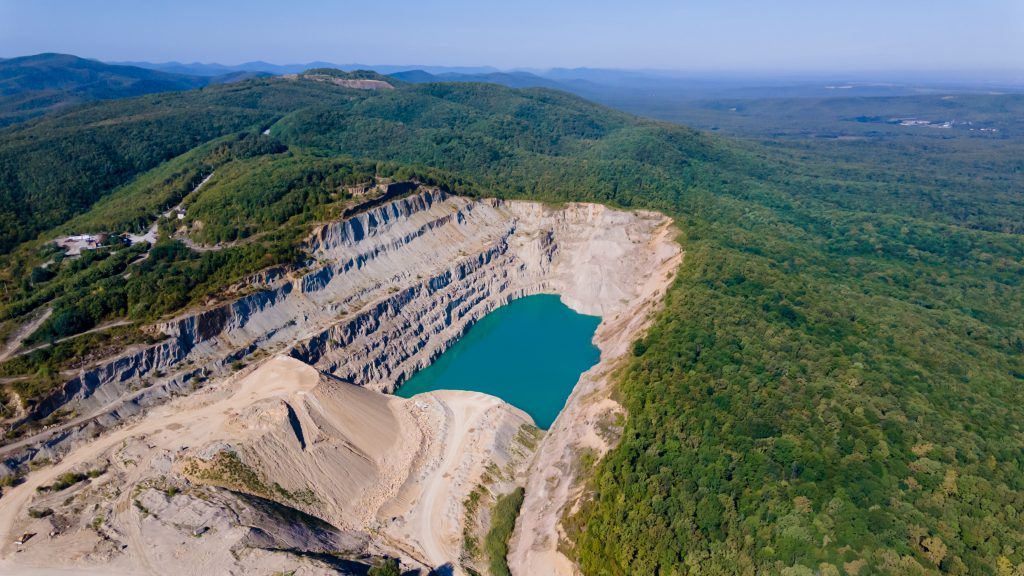The Role Of Civil Engineering In Developing Sustainable Mining Infrastructure
As the mining industry continues to evolve and adapt to the changing world around us, it’s becoming increasingly clear that sustainable mining is a priority. But what does this term really mean, and do we have a consensus on its definition?
What is sustainable mining?
At its core, sustainable mining is about meeting the needs of the present without compromising the ability of future generations to meet their own needs. This means that mining activities must be carried out in a way that is socially, economically, and environmentally responsible, with a focus on minimizing negative impacts and maximizing positive outcomes.
Why is sustainable mining important?
Sustainable mining is important for several reasons. First, it helps to ensure that mining activities are carried out in a way that minimizes negative impacts on the environment and surrounding communities. This is important not just for the present, but for future generations, who will also depend on these resources.
Second, sustainable mining is important for the long-term viability of the mining industry itself. By adopting sustainable practices and technologies, mining companies can reduce costs, improve efficiency, and enhance their social license to operate. This can help to mitigate risks and ensure the long-term profitability and sustainability of mining operations.
What are some of the key challenges in achieving sustainable mining?
While sustainable mining is an aspirational goal that many mining companies are working towards, there are still many challenges that need to be addressed in order to achieve it. Some of the key challenges include:
- Ensuring that mining activities are carried out in a way that minimizes negative impacts on the environment and surrounding communities.
- Reducing the carbon footprint of mining operations, and transitioning to renewable energy sources wherever possible.
- Ensuring that workers are treated fairly and that human rights are respected throughout the mining supply chain.
- Creating a more circular economy for mining, where materials are reused and recycled wherever possible.
What are some examples of sustainable mining in action?
There are many examples of sustainable mining in action around the world. Some of these include:
- Using renewable energy sources such as solar and wind power to power mining operations.
- Adopting circular economy principles to recycle and reuse materials within the mining industry.
- Using innovative technologies such as autonomous vehicles and drones to reduce the environmental impact of mining activities.
- Working closely with local communities and indigenous peoples to ensure that their rights and interests are respected.
Conclusion
Sustainable mining is an important priority for the mining industry, as it helps to ensure that mining activities are carried out in a way that is socially, economically, and environmentally responsible. While there are many challenges that need to be addressed in order to achieve sustainable mining, there are also many examples of sustainable practices and technologies in action around the world. By working together and sharing best practices, we can continue to move towards a more sustainable future for the mining industry.
FAQs
What is sustainable mining?
Sustainable mining is about meeting the needs of the present without compromising the ability of future generations to meet their own needs. This means that mining activities must be carried out in a way that is socially, economically, and environmentally responsible, with a focus on minimizing negative impacts and maximizing positive outcomes.
Why is sustainable mining important?
Sustainable mining is important for several reasons. First, it helps to ensure that mining activities are carried out in a way that minimizes negative impacts on the environment and surrounding communities. Second, sustainable mining is important for the long-term viability of the mining industry itself.
What are some of the key challenges in achieving sustainable mining?
Some of the key challenges in achieving sustainable mining include minimizing negative impacts on the environment and surrounding communities, reducing the carbon footprint of mining operations, ensuring fair treatment of workers, and creating a more circular economy for mining.
What are some examples of sustainable mining in action?
Examples of sustainable mining in action include using renewable energy sources, adopting circular economy principles, using innovative technologies, and working closely with local communities and indigenous peoples.
How can we work towards achieving sustainable mining?
We can work towards achieving sustainable mining by adopting sustainable practices and technologies, sharing best practices, and collaborating with stakeholders across the mining supply chain.
What role do technology and innovation play in achieving sustainable mining?
Technology and innovation play an important role in achieving sustainable mining, as they can help to reduce the environmental impact of mining activities and improve efficiency and cost-effectiveness.
What is the future of sustainable mining?
The future of sustainable mining is bright, as more and more mining companies are adopting sustainable practices and technologies. As we continue to work towards a more sustainable future for the mining industry, we can expect to see continued innovation and progress in this area.


Post a Comment for "The Role Of Civil Engineering In Developing Sustainable Mining Infrastructure"